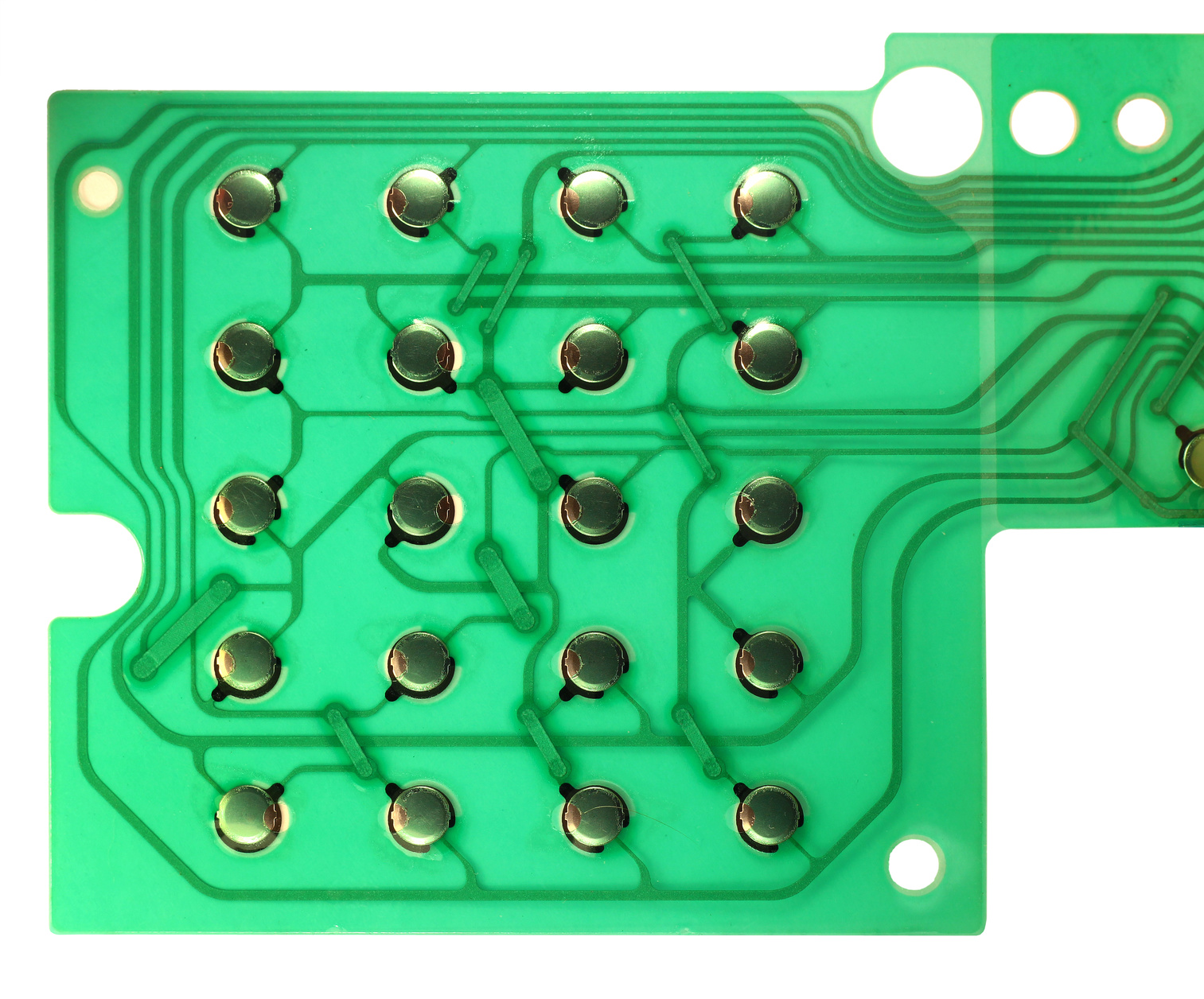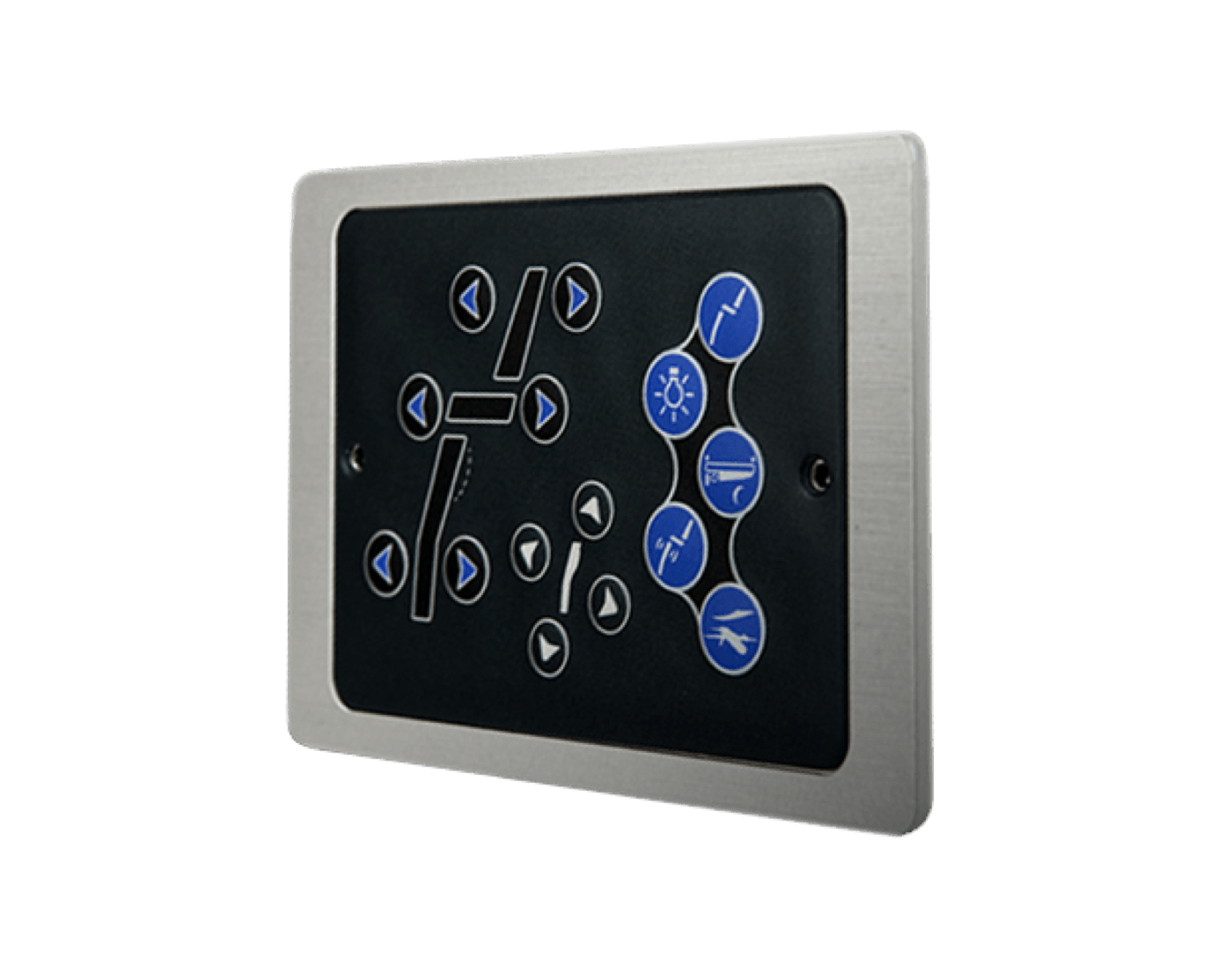Everything About Membrane Layer Switch Over: Understanding Its Design and Capability
When you think of the control user interfaces in modern-day devices, membrane layer switches commonly come to mind. These components are greater than just buttons; they mix design and performance perfectly. Recognizing exactly how they work and what makes them effective can change your perspective on daily electronics. But, there are subtleties to their layout and efficiency that you may not know. Allow's explore what sets membrane layer switches aside from various other control systems.
What Are Membrane Switches?

Membrane switches can likewise be customized concerning shape, size, and graphics, enabling suppliers to produce one-of-a-kind user interfaces tailored to specific products. Generally, membrane buttons play a significant role in enhancing customer experience across a large variety of applications.
How Membrane Layer Switches Work
When you press a trick on a membrane layer switch, it activates an uncomplicated yet reliable system. membrane switch manufacturer. The top layer, commonly made of flexible material, pushes down onto a conductive layer beneath it.
You'll observe that the responsive comments differs based on the switch style, offering either a soft click or a more noticable response. Once you launch the key, the membrane go back to its initial placement, resuming the circuit and quiting the signal. This procedure occurs nearly instantaneously, ensuring a receptive individual experience.
Membrane layer buttons are preferred as a result of their resilience and resistance to dirt and dampness, making them optimal for various applications, from family appliances to clinical gadgets. Comprehending this operation helps you value their widespread usage.
Secret Components of Membrane Buttons
Understanding the vital components of membrane layer switches is basic for comprehending their performance and design. The safety layer shields versus environmental variables and wear, extending the switch's life-span. By understanding these parts, you'll get insight right into how membrane switches operate and their importance in numerous applications.
Products Used in Membrane Layer Switch Over Design
The performance and sturdiness of membrane layer changes heavily rely on the materials utilized in their layout. You generally run into polyester and polycarbonate as primary substratums due to their exceptional strength and versatility. These materials stand up to scratches and chemicals, making them suitable for requiring settings.
The conductive layers commonly use silver or carbon, chosen for their integrity and conductivity. membrane switch manufacturer. Silver offers remarkable efficiency, while carbon is a cost-efficient alternative. For the overlay, you might consider a matte or glossy surface, depending upon your visual requirements and customer experience
Make specific to choose adhesives that hold up against environmental variables like temperature and humidity. Choosing the right products will guarantee your membrane switch stands the examination of time.
Design Factors To Consider for Membrane Switches
While creating membrane layer buttons, it's crucial to take into account different factors that affect their functionality and customer experience. Start by focusing on the format and button dimension; make particular they're user-friendly and easy to navigate. Take into consideration the responsive feedback you desire to give-- will individuals require a visible click or a softer touch? Additionally, assume regarding the materials you'll use, as more information they'll impact durability and appearances.
Confirm your style fits ecological variables, like dampness or temperature level variations, which might influence efficiency. By meticulously thinking about these aspects, you'll develop a membrane switch that boosts functionality and satisfaction.
Applications of Membrane Buttons
Membrane switches are functional elements discovered in numerous applications, from commercial equipment to consumer electronics. You'll see their influence in devices that call for sturdy user interfaces and in gadgets that gain from sleek layouts. Comprehending these applications helps you value the capability and practicality of membrane layer switches in daily technology.
Industrial Equipment Use
When you're looking to enhance the functionality of industrial tools, membrane switches supply a dependable option that integrates durability with easy to use design. These buttons are perfect for harsh environments, giving resistance to dust, dampness, and chemicals. You'll locate them in control panels for producing machines, cooling and heating systems, and clinical gadgets, where precision and responsiveness are essential. Their reduced profile means they fit perfectly right into numerous devices, saving important room while maintaining simplicity of usage. With customizable graphics and backlighting options, you can develop an user-friendly interface for drivers, improving efficiency her response and safety. And also, their long life expectancy lowers upkeep expenses, making them a clever financial investment for your industrial applications. Welcome membrane buttons to simplify your procedures and improve total performance.
Consumer Electronics Assimilation
In the domain name of customer electronic devices, membrane layer buttons play a crucial role in enhancing individual interaction and gadget performance. Membrane buttons likewise ensure toughness and resistance to dust and moisture, extending the lifespan of your electronics. By choosing membrane layer switches, you enhance not just the functionality but also the design of your tools, making day-to-day communications smooth and satisfying.
Benefits and Drawbacks of Membrane Switches
While membrane layer switches use an array of advantages, they additionally come with some disadvantages that you must take into consideration. One significant advantage is their small layout, making them suitable for space-constrained applications.

Membrane layer buttons can have a shorter life-span compared to mechanical switches, specifically under hefty use. They can also be less responsive, which might influence customer feedback throughout procedure. Balancing these pros and disadvantages will aid you determine if membrane switches are the right fit for your task.
Regularly Asked Questions
The Length Of Time Do Membrane Layer Switches Generally Last?
Membrane layer switches over typically last in between 5 to 10 years, relying on use and ecological conditions. You'll intend to review elements like wear, direct exposure to wetness, and temperature changes to assess their longevity effectively.
Can Membrane Switches Be Personalized for Details Layouts?
Yes, check out this site you can personalize membrane layer buttons to fit details designs (membrane switch manufacturer). You'll have the flexibility to pick shades, forms, and formats that match your task's requirements, guaranteeing they blend flawlessly with your total aesthetic
What Is the Cost Array for Membrane Switch Production?
The expense array for membrane switch manufacturing generally drops in between $1 and $10 per device, relying on aspects like layout intricacy, quantity, and materials. You can get quotes from producers to discover the finest alternative.

Are Membrane Switches Water Resistant or Resistant?
Membrane switches can be made to be waterproof or resistant, depending upon materials used and building approaches. If you need them for damp atmospheres, ensure you define those requirements throughout the design process.
Exactly How Do Membrane Changes Contrast to Standard Buttons?
Membrane layer buttons are generally thinner and much more adaptable than conventional buttons, using a sleek design. They're commonly less complicated to clean and incorporate, but might not provide the responsive responses you're made use of to with mechanical choices.
Final thought
